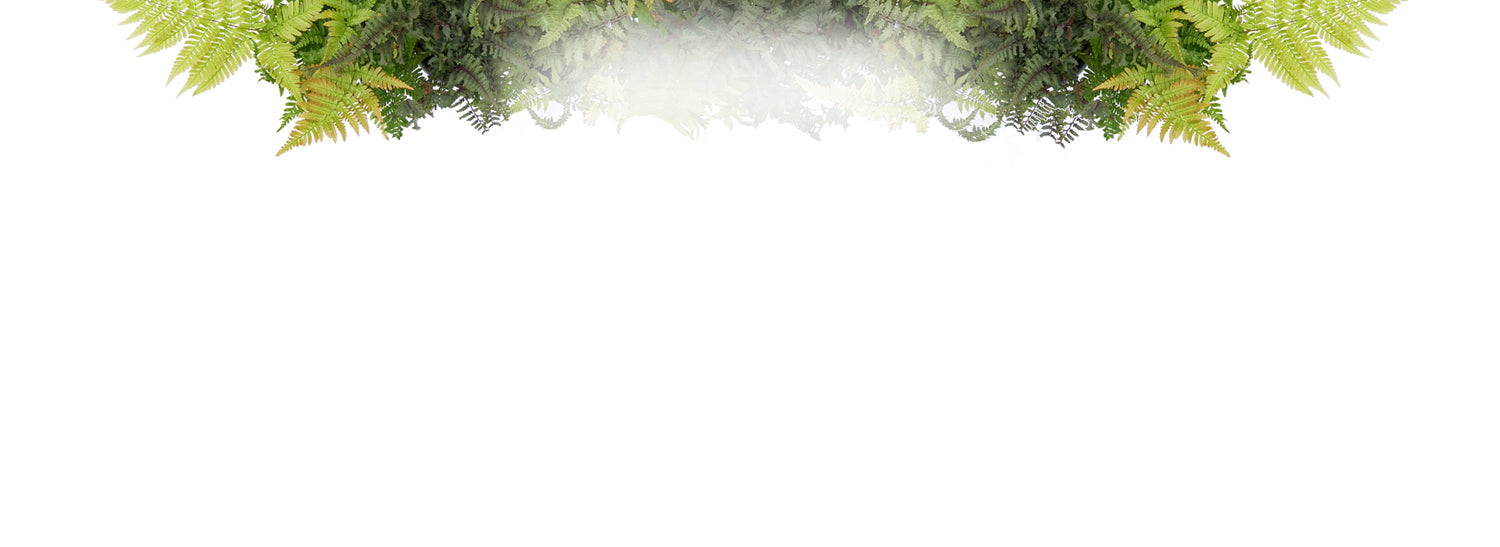Description
Unable to ship to pa,tn,
Plant spacing is based on the ultimate width of the plants. This figure is normally given as a range; for example, 3-5’. If you live in a cold climate and/or want plants to fill in more quickly, plan to space at the shorter end of the range. If you live in a warm climate, are on a limited budget, or are willing to wait longer for plants to touch, use the higher end of the range. Using the larger number is recommended when calculating distance from a building or structure. There’s really no such thing as "maximum spacing": if you don’t want your plants to touch, you can space them as far apart as you’d like. All plant spacing is calculated on center, or in other words, the centers of the plants are spaced one half of their eventual width apart:

Unless you are planting in a straight line, as you might for hedges or edging, space your plants in a staggered or zig-zag pattern for a more interesting and naturalistic look:

Hand-picked at our greenhouse
Shipped to your door
Arrives as young plant
The start of fall may signal the gardening season is coming to a close, but it’s not over yet! There is still plenty of time to enjoy colorful flowers and foliage or even sprinkle in some new perennials and shrubs before winter arrives.
Fantastic plants - do very well for us in Mississippi, zone 8. Sun or shade option! And they are a super soft variety with a lot of movement - not stiff like other boxwoods. Love them!
My tall plants were green and healthy in the box. They're planted and seem happy in their new homes.
16/16 arrived in perfect condition! Packaged so nicely. Awesome growth. It was my first time buying from Great Garden Plants but it WILL NOT be my last!
I've ordered about 25 sprinter boxwood and have had success with all of them. They've all settled in and grown a bunch already.
I received twelve baby sprinter boxwood plants in perfect condition and very well packed so they were not hurt during shipping. I actually had to wait a week to plant these and they were in my garage, I watered them once during this time. They are beautiful and are now in my yard for over a month and they are all doing well and look great. I love my plants and the deer leave them alone. Super happy with my sprinters and Great Garden Plants, this was my first online plant purchase ever. I will be ordering more from this company.
We will notify you on events like Low stock, Restock, Price drop or general reminders so that you don’t miss the deal



